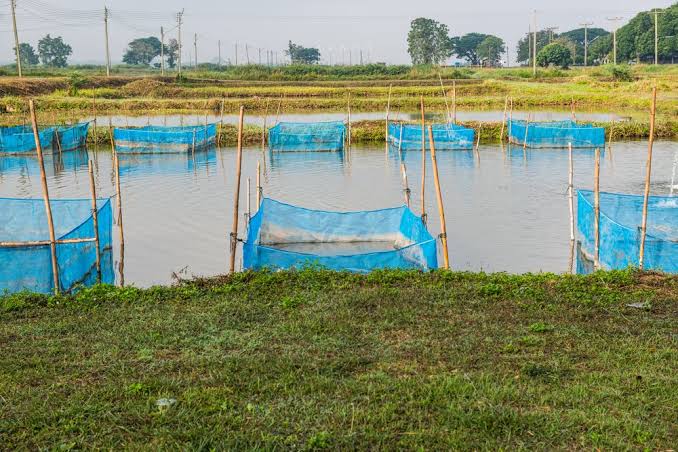- How to Tackle The Most Common Aquaculture Challenges
The unpredictable nature of the current environment — including the increasing prices of raw materials for aquaculture, the reduced availability of animal-based proteins, using fish meal for fish feed, disease risks and health pandemics — is an ongoing concern, and the industry will be impacted by all of these issues for years to come. It is time for us all, as an industry, to adopt new strategies and learn to co-exist with new norms. This will, no doubt, be a test for each stage of the food chain, but there are some long-term approaches that the industry can take to help increase our profitability and sustainability.
 Learn More
Learn MoreThe ultimate objective for producers
Without a doubt, the most important goals for producers in the aquaculture industry are to:
Produce healthy fish in the most sustainable manner.
Reduce the use of marine ingredients.
Aim for increased growth.
Reduce operational costs.
Attempting to improve weight gain and lower the feed conversion ratio (FCR) puts increased pressure on the digestive tract to function with the highest efficiency. Considering this, maintaining the health and welfare of fish and shrimp will still be critical for efficient production. Stress from the rigors of production, disease resistance, age and feed, combined with external factors — such as temperature, salinity and pH — can cause imbalances in the gut, potentially leading to disease.
Diets in the aquaculture industry have changed significantly over the last number of years and will continue to be modified and improved. From a sustainability perspective, there is an ever-growing need to reduce fish meal and fish oil in aquaculture feeds. Feed ultimately provides energy and nutrients to support the development of the species. Providing the correct balance of feed is crucial for protecting against foreign pathogens and is critical for the system to function optimally. Formulations must be highly digestible, and each ingredient must add value to and enrich the diet to impact performance. As feed ingredients are derived from several different sources, significant planning, research and development can lead to more sustainable, economical and responsible feed solutions. When considering any change to an existing diet, the nutritional requirements of the species must be met. Each aquatic species has a different set of nutritional requirements, and they can fluctuate depending on their stage in the lifecycle.
Aquafeed is comprised of a selection of natural feed ingredients, including:
Essential amino acid sources
Essential fatty acids
Vitamins and minerals
Imbalances in the diet will lead to a lack of required nutrients, which will have a direct impact on the performance and welfare of farmed fish.
The gut is the key to success
To fully protect fish and shrimp for long-term success, protecting them right from the start is crucial. Their first point of interaction with outside world — the skin, gut and gills — play a vital role in protecting the animal against the environment and its internal physiology. The gut is a complex system of tissues and organs that play an essential role in all interactions related to these functions:
READ ALSO: Best Practices to Observe in Fish Farming
Food digestion and absorption
Metabolism
Defense mechanisms
Immune response
An unhealthy gut cannot defend itself. A healthy gut, on the other hand, can digest and absorb the maximum amount of nutrients, providing the most benefit for the farmer.
Importance of maintaining and improving gut integrity
READ ALSO: How to Improve Fish Farming Efficiency and Productivity
Choose the correct selection of ingredients to prevent gut inflammation.
Increase the growth of good bacteria.
Create a solid foundation for health and growth.
The use of mannan-oligosaccharides (MOS) in diets has been shown to improve gut performance. However, their function can be altered depending on the strain of yeast, the fermentation conditions and the processing methods.
READ ALSO: 5 key Important Factors for the Future of Fish Farming Nutrition
Recent trials carried out with trout, carp, catfish, tilapia, seabass, sea bream, sole and salmon show the effectiveness of MOS in aquaculture species, promoting a healthy growth rate and improving intestinal morphology. The effects of different concentrations of dietary MOS in carp (Cyprinus carpio) included higher weight gains as well as improved FCR, productivity and immune parameters (Zhou and Li, 2004). Improvements in growth performance and reduced FCR and mortality have also been observed in MOS-treated juvenile common carp (Culjak et al., 2006) and rainbow trout (Staykov, 2007). Similar results have also been observed in European seabass (Torrecillas et al., 2006; Ramirez et al., 2016).















